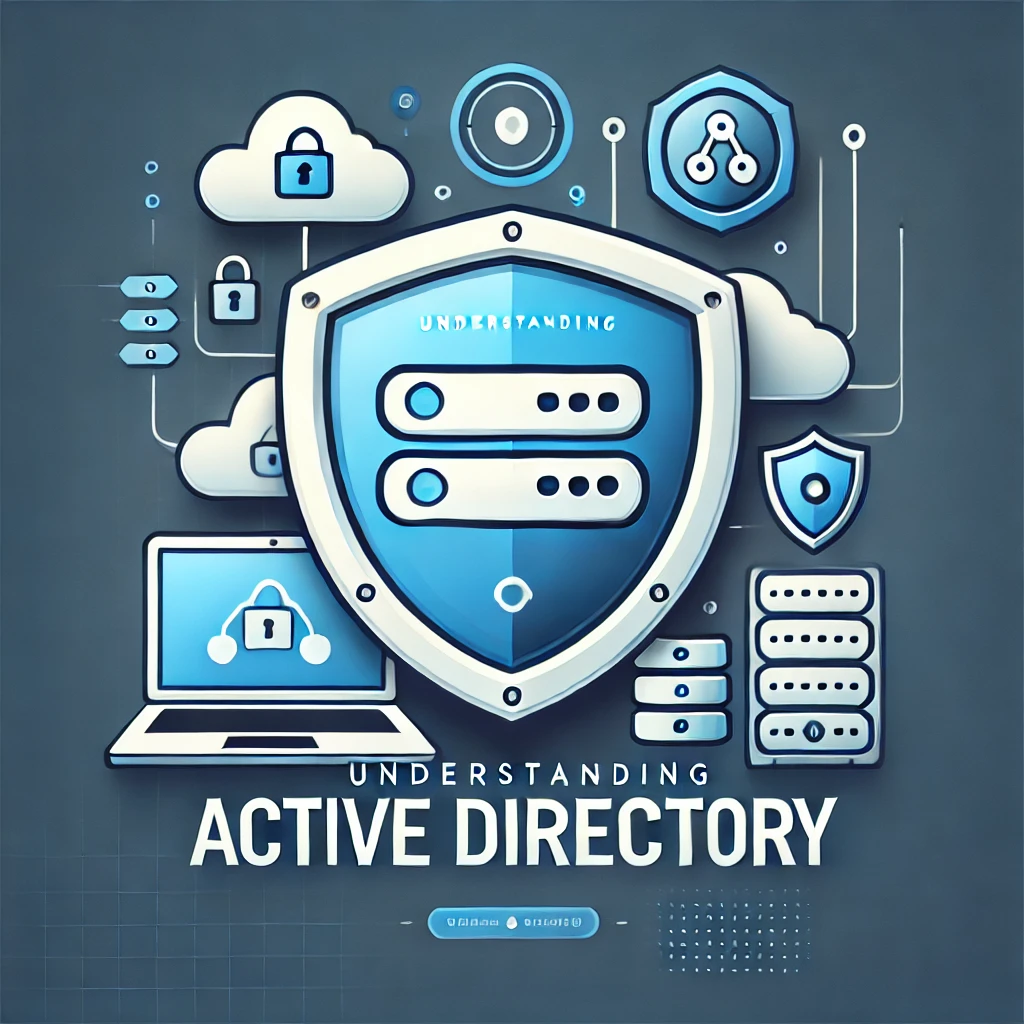What is Active Directory?
Active Directory (AD) is a directory service developed by Microsoft that manages and organizes network resources such as users, computers, and services. It plays a key role in centralized management, making it easier for system administrators to control access and enforce security policies across the entire organization.
How Active Directory Works
Active Directory uses a structured data format known as a directory to store information about network resources. Here’s a breakdown of its key components:
- Domain Controllers (DCs): These servers are responsible for responding to authentication requests and managing the data within the Active Directory.
- Organizational Units (OUs): OUs help system administrators organize users and resources into logical groups.
- Group Policies: These are used to enforce security and configuration settings across users and computers in the domain.
- LDAP (Lightweight Directory Access Protocol): This protocol is used for accessing and maintaining distributed directory information.
Key Benefits of Using Active Directory
- Centralized Resource Management: Active Directory allows administrators to manage all network resources, including user permissions and device access, from a single console.
- Improved Security: By managing authentication through AD, organizations can enforce strong password policies, user roles, and multi-factor authentication.
- Scalability: Active Directory is highly scalable, making it suitable for both small businesses and large enterprises.
Active Directory Features for System Administrators
- Single Sign-On (SSO): Users can access multiple applications and resources with one set of credentials, improving user experience.
- Replication: Active Directory supports replication, ensuring that data is synchronized across all domain controllers.
- Schema: The schema in Active Directory defines the structure of the directory, detailing what types of objects (like users or groups) can be created and what attributes they can have.
Common Use Cases
- User Authentication and Access Control: Active Directory is essential for managing who can access resources in an organization’s network.
- Network Security: Administrators can enforce security policies, limit access to sensitive data, and ensure compliance with company policies.
- Resource Management: Active Directory simplifies the process of managing resources such as printers, file shares, and applications.
How to Implement Active Directory
- Set Up a Domain Controller: Install and configure a server to act as your domain controller.
- Create and Organize OUs: Design an efficient structure of organizational units to manage users and resources.
- Apply Group Policies: Set policies to enforce security settings and configurations across the domain.
Conclusion
Active Directory is a powerful tool that simplifies resource management, strengthens security, and offers scalability for organizations of any size. Whether you’re managing a small network or a large enterprise, understanding AD’s components and capabilities is essential for any system administrator.


